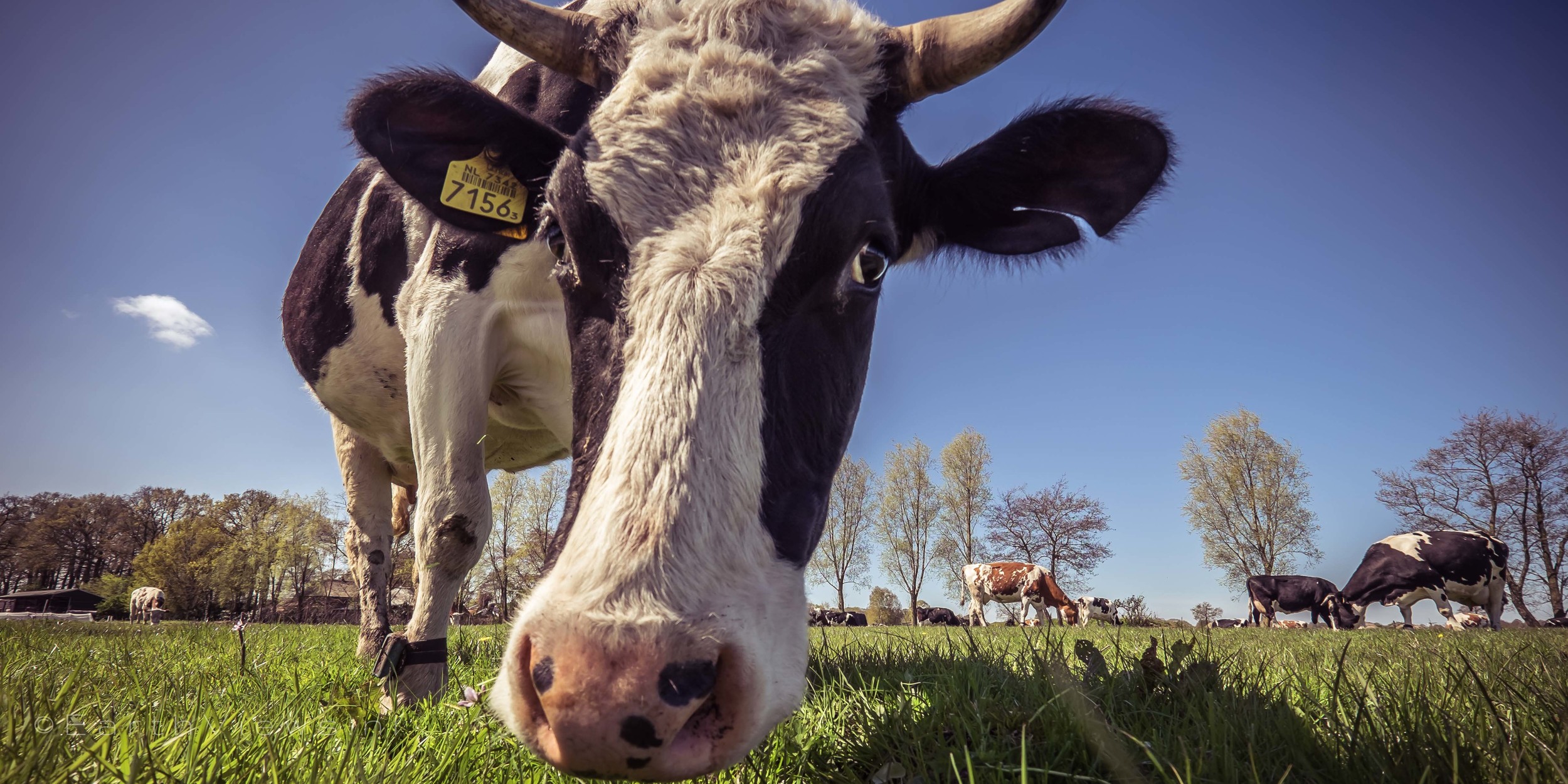Animals
‘Animals’ shows animals from all around the world.
Click on the images to enlarge.
By holding your mouse cursor above an image, you will see the background story.
The text will disappear when moving the cursor away from the image.
Cows going for an early morning stroll in the remote beachtown of Maicolpue, Southern Chile. There is not anyone around to look after these cows as they go for this walkabout. It are just these two ladies. Buy this!
A bird sits in front of the (almost) full moon on a tree branch in the tranquil town of Salento, Colombia. Overlooking the rolling hills of the Zona Cafetera, while lying in your hammock, silence is what you hear. And the chirping birds.
Cows on the beach of the remote beachtown of Maicolpue, Southern Chile. In this town, cows are often allowed to go wherever they feel like. One moment, you find them on the beach, another moment in someone’s garden. When you stay in this village, chances are, one day you will find them on your doorstep.
These are wild female elephants with their babies in Udawalawe National Park in Sri Lanka. This place is a true wildlife sanctuary, with the animals being well protected. The morning fog, visible on the background, shows the time of the day. The elephants are collecting food and are slowly disappearing into the bushes.
View my other themes:
Or look for the latest stories on my blog:
– The two markets of Otavalo | Around Otavalo
Travelling through Ecuador is a colourful experience. And I’m not merely talking about the colours of nature. They are with the people too. It’s in their clothing, bags, art – everywhere! I guess, when you’re visiting Ecuador, there’s a fair chance you’d like to bring something home? Then the Otavalo artisans market is the place to indulge yourself. However, there’s more to this town than market stalls.
– Part 5: Overview & Tips | Preserving and visiting the Amazon
You’ve been able to read about our preparations at the beginning of this story. But I didn’t include a packing list, for example. In this final part of the story, I will give you a complete overview and tips. But first, here’s a brief explanation what we all can do to help preserve the Amazon.
– Part 4: Exploring the Cuyabeno Wildlife Reserve
We were preparing for a night walk in the rainforest with Luis. It was pitch-dark. That meant headlight on and being even more alert as to where you’re going than during the day. Even more so because we were about to learn that it’s the very small that can have the biggest of consequences.
– Part 3: Exploring the Cuyabeno Wildlife Reserve
As Luis guided us through the Ecuadorian Amazon, we experienced a continuous stream of amazement. We were walking in an unknown world. The jungle was teeming with wildlife. However, some of it dead and alive at the same time. We’re talking real-life Amazon zombies here.
– Part 2: Trip into the Cuyabeno Wildlife Reserve | Arrival in Siona lodge and meeting the crew | First adventures
The moment I thought I had seen something weird, something weirder was around the corner. You can be pretty sure with hundred thousands of species surrounding you.
– Part 1: Why the Ecuadorian Amazon? | How to prepare and get there?
“Jump in the water!”, Luis said. Under normal circumstances, jumping in a lake would be no problem. But circumstances were not normal. The water was brown, unclear. It means you can’t see what’s in it. The problem was that I knew what’s in it…

















– Research before the trip | The quest in Sri Lanka | Discovering the stilt fishermen | Photographing techniques
Type in Sri Lanka in a search engine. Among the first thing you find are the iconic images of stilt fishermen. Many photographers have made beautiful pictures of them. As I was about to visit Sri Lanka, I wanted to find and photograph them myself. You never know what new perspective you might discover, right?